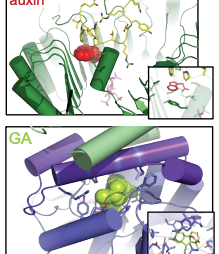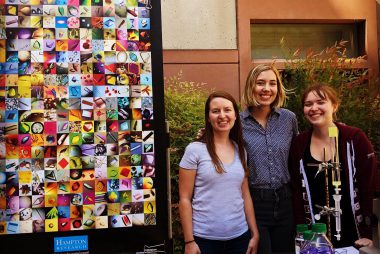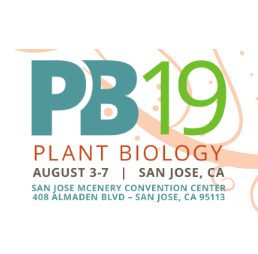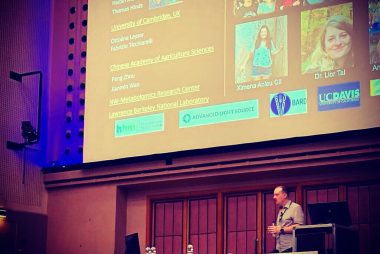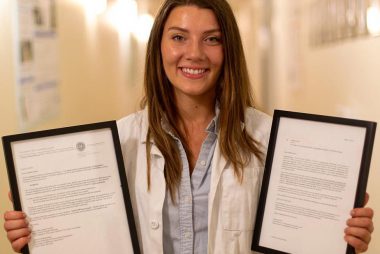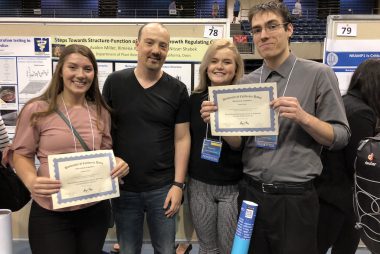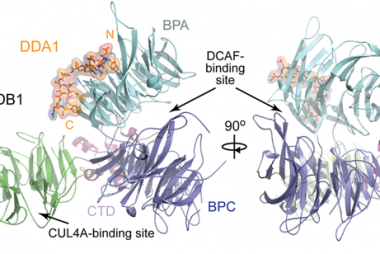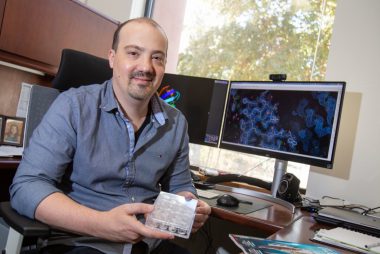Ubiquitin ligases in hormone signaling published in Plant Physiology
Read the #2 Plant Physiology article based on number of mentions during the past month. With 29 mentions: UPDATE: Structural Aspects of Plant Hormone Signal Perception and Regulation by Ubiquitin Ligases @ShabekLab #Receptors #Signaling #PlantBiology https://t.co/ErksEAJLGi pic.twitter.com/vjK2pAUIFx— Plant Physiology (@PlantPhys) February 3, 2020 The lab’s paper titled “Structural Aspects of Plant Hormone Signal Perception and…
